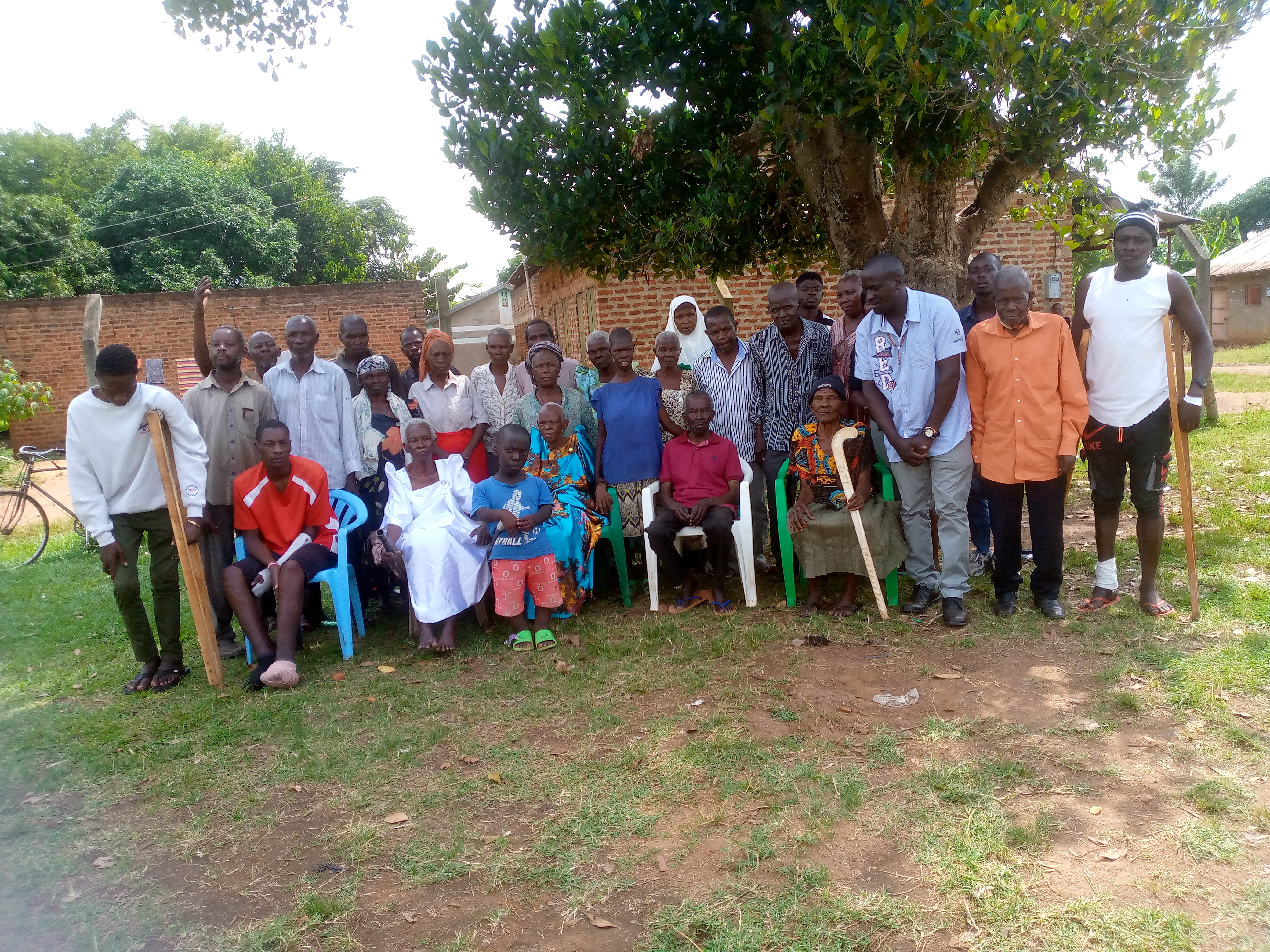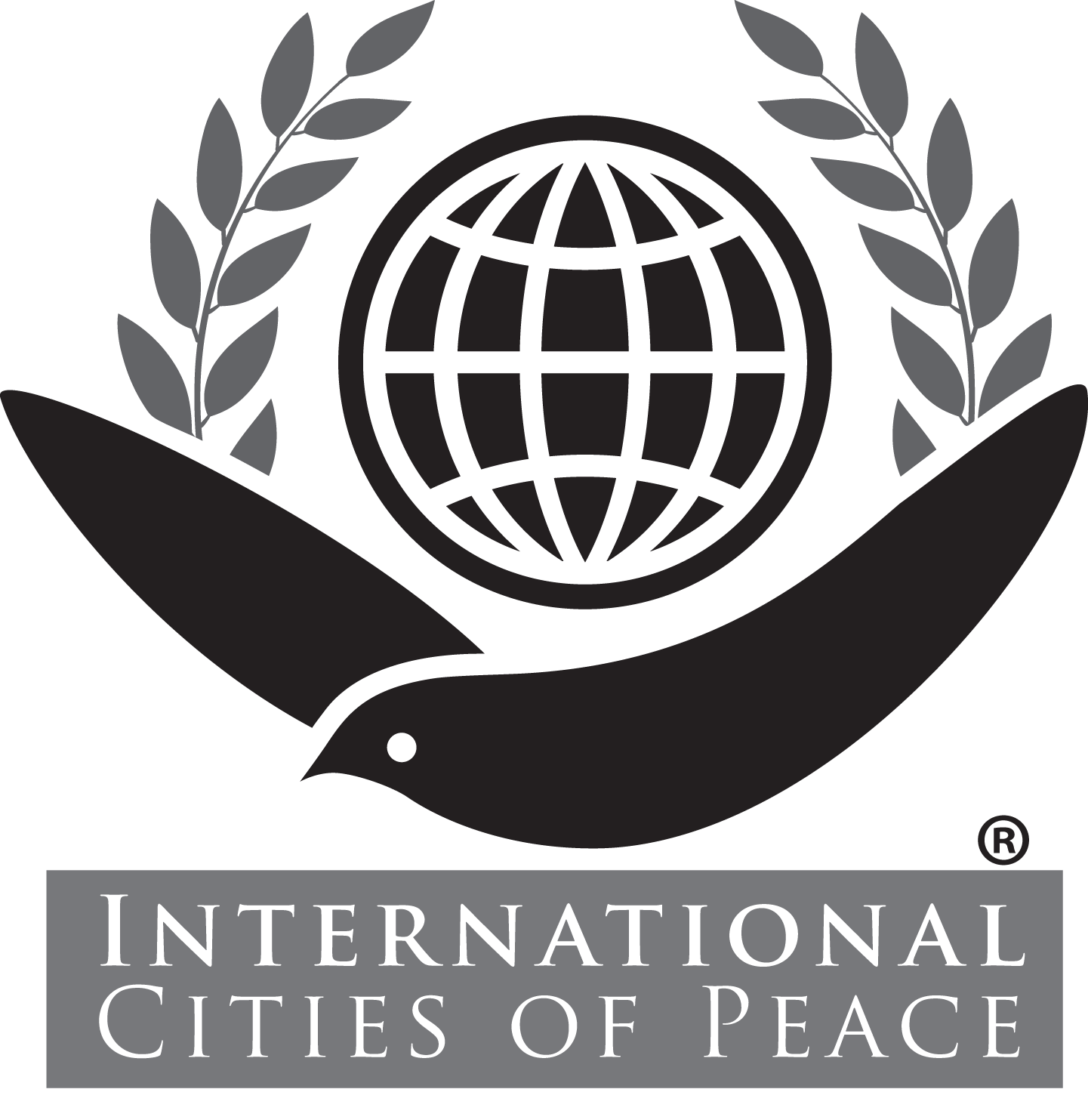Ibaako, Bugweri District, Uganda: International City of Peace
We welcome Basembera Nicholus and his colleagues as they establish the Ibaako Ward near Busesa City in the Bugweri District of Eastern Uganda as an International City of Peace.
Since its inception, their project “Young People at Risk, Inmates and Ex-Offenders” Care and Support Project has been operating in three different locations across the country with headquarter in Bugweri District in Eastern Uganda.
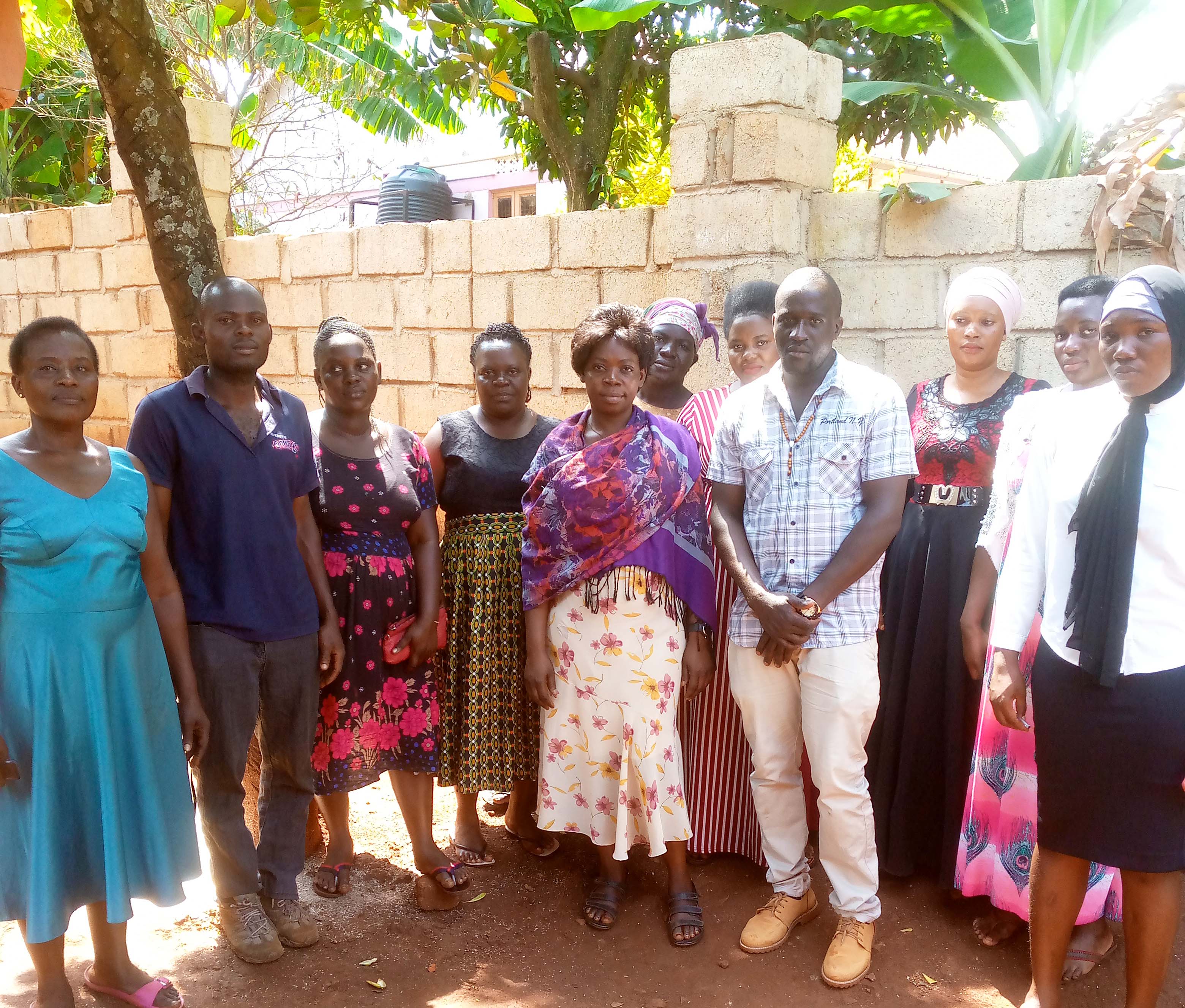
In Uganda, there are programs for pre-release, but there is no re-entry assistance for incarcerated persons. There is not any structure that allows incarcerated persons to return home and be reintegrated into the society at the end of his/her sentence approaches. Due to the poverty and lack of means, there are not any basic systems and services available to ex-offenders. Families or other people are generally hostile, and incarcerated persons are strictly rejected when they are sent back into the society. This situation seems to jeopardize their reintegration in the society. On the other side, many younger people are at risk of committing crimes leading to their conviction resulting from a cobweb of factors such as unemployment, peer influence, poverty, drugs and alcoholic influence among others.
Due to this, the “Young People at Risk, Inmates and Ex-Offenders” Care and Support Project specific objectives are to;
- To re-integrate ex-convicts into the society which promote peace, prevent crime and reduce poverty
- To promote an education system that integrates knowledge, academics and ‘on the job’ training such as apprenticeships and internships which prevent unemployment, teenage pregnancy and increase the awareness of HIV/Aids
- Facilitate and improve the provision of micro-credit to the youth with particular reference to women.
Note: Introduction page with information primarily at the time of joining International Cities of Peace. For updates, please contact the liaison.
VISION
Our vision is a safer society where everyone belongs, human rights respected and preventing crime which means tackling social activities for the development of our communities and the nation at large.
MISSION
The mission of “Young People at Risk, Inmates and Ex-Offenders” Care and Support Project is to promote the development of independent, self-confident and establish youth literacy programmes, HIV/AIDS Workshops and support sustainable economic and social development programmes through sports, and re-integrate those who offend, to have all inclusive society to prevent crime.
“Young People at Risk, Inmates and Ex-Offenders” Care and Support Project will deliver on its mission by operating an open community football clubs, empowering them to eliminate poverty or idleness. The Project, with community leaders identifies needs that serve social, educational, economic and environmental purposes and ensures that resources to support these activities yield the desire results to prevent crime, teenage pregnancies, and increase higher school education graduates of women for their empowerment., promote peace, gender equity, HIV/Aids awareness and poverty reduction.
With this mission, we hope to create bridges and foster peace within the communities. “Young People at Risk, Inmates and Ex-Offenders” Care and Support Project main goal is to extend the life of this program.
KEYS TO SUCCESS
- Establish a strong network of support with the communities’ leaders and the prison system.
- Launch a series of fundraising activities that will successfully fund the expanding program.
- Establish an effective training program for mentors that will increase their ability to be successful communicators.
- Establish an effective monitoring system to protect both the ex-convicts and their parents.
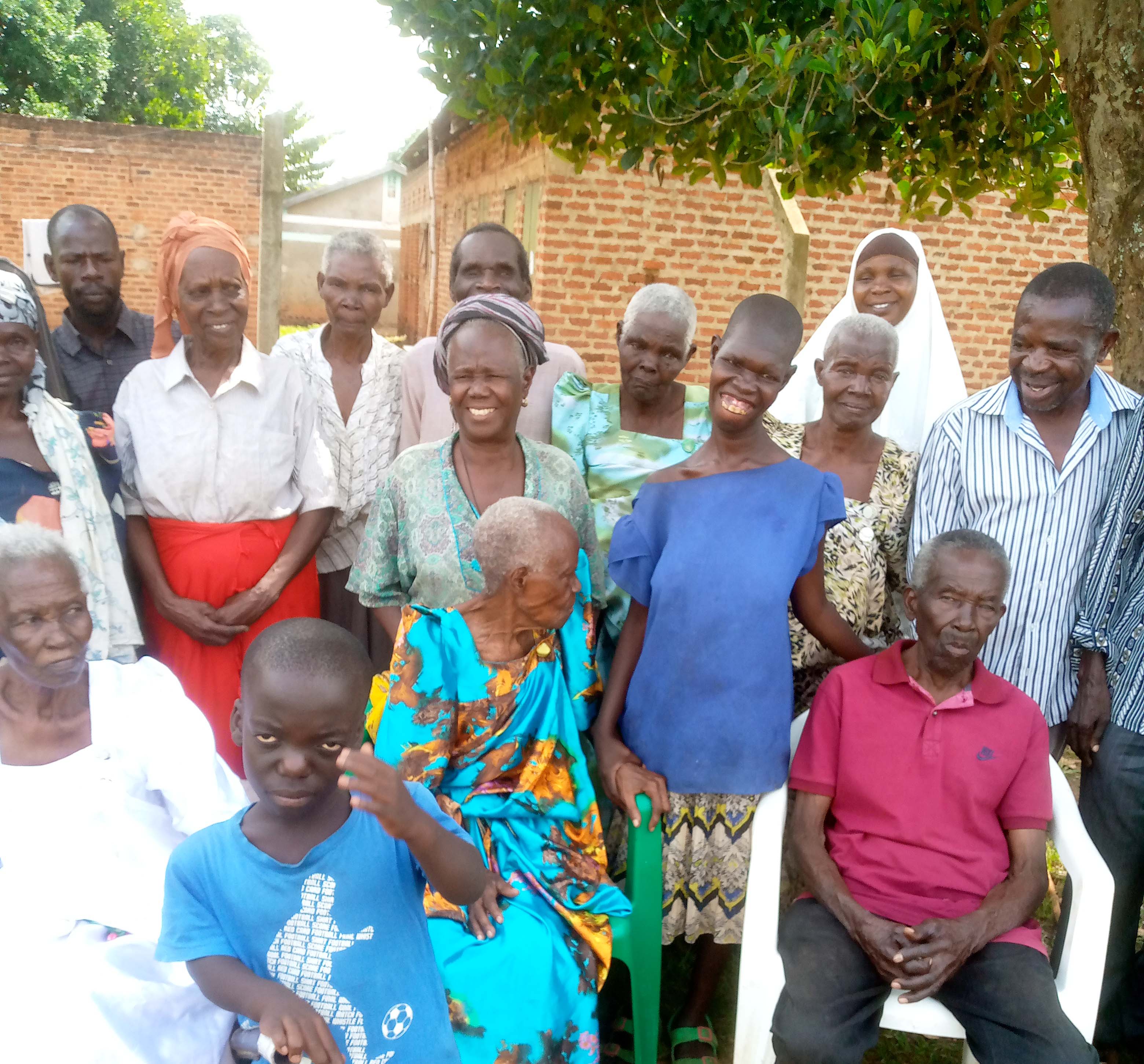
OUR APPROACH
“Young People at Risk, Inmates and Ex-Offenders” Care and Support Project offers a safe, nurturing environment where children as well as the youth get the attention and care that they may need.
We work to make society safer by finding practical solutions to reducing crime. Prioritizing to give Juvenile ex- offenders, and other disadvantaged people in deprived communities the help they need to build a better future.
We provide opportunities to get them involved in recreational activities and sound learning environment to improve their studies in-/after school. The institution of evening classes with the support of parents helps to reduce child labor, being children undertaking core household duties before bed time.
“Young People at Risk, Inmates and Ex-Offenders” Care and Support Project exists to unleash the potential of people in communities to make positive change happen.
ORGANIZATION SUMMARY
“Young People at Risk, Inmates and Ex-Offenders” Care and Support Project initiated by Village Concern Uganda (“Young People at Risk, Inmates and Ex-Offenders” Care and Support Project, Uganda) has been a non-profit organization in existence since 2017 to unleash the potential of people in Uganda communities to make positive change happen by providing mentoring programs for the prisoners, ex-offenders, children and marginalized youths in deprived communities the help they need to build a better future. The program will form partnerships with Uganda Prison Service.
Project sustainability
a) Youth are matched with a caring adult volunteer who is trained to focus on positive reinforcement, trust-building, and the achievement of goals, by engaging youth in one-on-one outing and group adventures in the community.
b) Ongoing training will continue with mentors on individual case management throughout the year.
Case Study on Ugandan prisons by Joseph Amon (Director, Health and Human Rights)
President Museveni’s proposal to eliminate bail for certain non-violent crimes is a challenge to the constitutional rights of Ugandans. But it also raises an interesting question: Where would more prisoners go?
Prisons are crammed to over 200 percent of installed capacity; food and water are sometimes scarce; and health care is often non-existent. More than half of the prisoners have not been tried and are waiting there for their cases to be heard and resolved. It’s clear that overcrowding and pretrial detention are interlinked. Between November and March this year, the Human Rights Watch visited 16 prisons across Uganda. We interviewed 164 prisoners and 30 prison officers. We found dangerously unhealthy conditions at many prisons, ripe for the spread of Tuberculosis and HIV.
Prisoners told us they were packed together in cells with tiny air vents, in some places day and night, while their colleagues coughed vigorously. Sometimes sex is traded by the most vulnerable for food. HIV and TB infection rates are almost twice as common in prison as they are outside of prisons.
But HIV and TB do not stop at prison gates. Wardens and visitors leave prisons every day. Each year, 50,000 prisoners pass through Uganda’s prisons and ignoring their health means that they will leave sick and in need of care in the communities to which they return. And it means they may bring disease home with them, to their families and neighbors.
“Help us, we’ll die,” read a note from 10 prisoners at Kitalya Farm Prison to Human Rights Watch. They were right to worry. There is hardly any medical care available at Kitalya, yet many of its prisoners are sick. In fact, prisoners with HIV and TB may even be sent to Kitalya despite the fact that no treatment is available. That’s an easier way to develop, and spread deadly drug-resistant strains.
Why are these people being sent to places like Kitalya?, Throughout the Uganda Prison Service thousands of prisoners, including those yet to face trial for any crime, are subjected to forced labor, slaving away on fields belonging to the government, to prison staff personally, or to private landowners.
The money they earn goes to the Prison system or into the pockets of prison staff. They are brutally beaten if they fall behind or complain during the hard labor in the fields. “They [prison warders] hit me so hard, I was crying blood,” said one prisoner.
Among Uganda’s 223 prisons, only Murchison Bay in Kampala provides comprehensive HIV and TB treatment. But only to prisoners who can get there, a decision often made by prison officers with no medical training. As one prisoner said, the wardens at his prison would only take prisoners to the hospital if they were “almost dying”-otherwise, “the warden will tell you: ‘Go and work. You are just pretending. There are no sick people here. This is a prison, not a hospital.'”
We spoke with children in prison who said they were as young as 14, elderly men, pregnant women, individuals with disabilities. Some wait in prison for more than five years for their cases to be heard and resolved. Meanwhile they risk being exposed to serious, life-threatening disease, and exposing others if they are released.
Improving health conditions in prison requires more than just investment in medical facilities; it takes fundamental reform of the justice system. And justice requires that the prisons stop using prisoners as a private workforce, and that sick prisoners are given the care they need.
“A country like Uganda…we thought it would be a country that takes care of its own people,” said one remand prisoner at Kitalya who has not been to court since 2006.
Lock up those found guilty by courts, and if they are sentenced and found fit, make them work for reasonable hours under reasonable conditions. But for Uganda to send people with HIV or TB, the elderly and pregnant women, and people, who have not been convicted of any crime, to work to fatten the wallets of wardens or until they collapse in the fields, fosters injustice within the very heart of the nation’s justice system.
No doubt there is poor healthcare for many people in Uganda. But reducing the availability of bail and adding more people to Uganda’s already incredibly overcrowded prisons should concern all Ugandans. It is bad for justice, and terrible for public health.
Nevertheless, Women in the prison face many problems; some resulting from their lives prior to imprisonment, others resulting from their imprisonment itself. Women in prison have experienced victimization, unstable family life, school and work failure, and substance abuse and mental health problems. Social factors that marginalize their participation in mainstream society and contribute to the rising number of women in prison include poverty, minority group member, single motherhood, and homelessness, Separation from children and significant others. National surveys of women prisoners find that three-fourths of them were mothers, with two-thirds having children under the age of eighteen.
The distance between the prison and the children’s homes, lack of transportation, and limited economic resources compromise a woman prisoner’s ability to maintain these relationships. Children of women in prison experience many hardships. Children may be traumatized by the arrest of their mother and the sudden, forced separation imprisonment brings. Emotional reactions such as anger, anxiety, depression, and aggression have been found in the children of incarcerated mothers. While most children of imprisoned mothers live with relatives—typically grandparents—a small percentage of these children are placed in the child welfare system. These conditions compound the problem of maintaining contact with children.
An estimated 4 to 9 percent of women come to prison pregnant. Women who give birth while incarcerated are rarely allowed to spend time with their child after birth. Mother-infant bonding is severely undermined by this lack of contact after birth. Most correctional systems do not take into account the importance of the mother-child relationship in designing policy for women in prison. Some states, such as New York and California, have begun innovative programs to address these problems. Coordinating visits to the prison and support services with child welfare agencies, providing special visiting areas, developing effective parenting classes, and developing community corrections programs for mothers and their children are examples of these innovations. Termination of parental rights also affects prison mothers. About half the states have policies that address the termination of parental rights of incarcerated parents. Advocates of women in prison and their children argue that family reunification, rather than termination of the mother’s parental rights, should be a priority of correctional policy for women prisoners.
Lack of substance abuse treatment, Although women offenders are very likely to have an extensive history of drug and alcohol use, a relatively small percentage of women receive any treatment within the justice system. Insufficient individual assessment, limited treatment for pregnant, mentally ill, and violent women offenders, and a lack of appropriate treatment and vocational training limit the effectiveness of the few programs that exist.
Physical and mental health care, In addition to requiring basic health care, women offenders often have specific health needs related to their risky sexual and drug-using behavior prior to imprisonment.
Vocation and educational programs, In addition to insufficient substance abuse and mental health services, educational and vocational programs are also in short supply. Several studies (Pollock-Byrne; Morash, Haarr, and Rucker) found that female prisons offered fewer vocational and education program opportunities when compared to those offered in male institutions. In general, women across the country lack training needed to obtain jobs that pay a living wage. One aspect of this inadequacy is that, like the training offered in the reformatories of the early 1990s; many vocational programs for female inmates emphasize traditional roles for women and work.
Disparate disciplinary practices, Although male prisons typically hold a much greater percentage of violent offenders, women tend to receive disciplinary action at a greater rate than men. Research has found that women prisoners were cited more frequently and punished more severely than males. These infractions committed by women in prison tend to be petty when compared to the more serious infractions committed by male prisoners (McClelland).
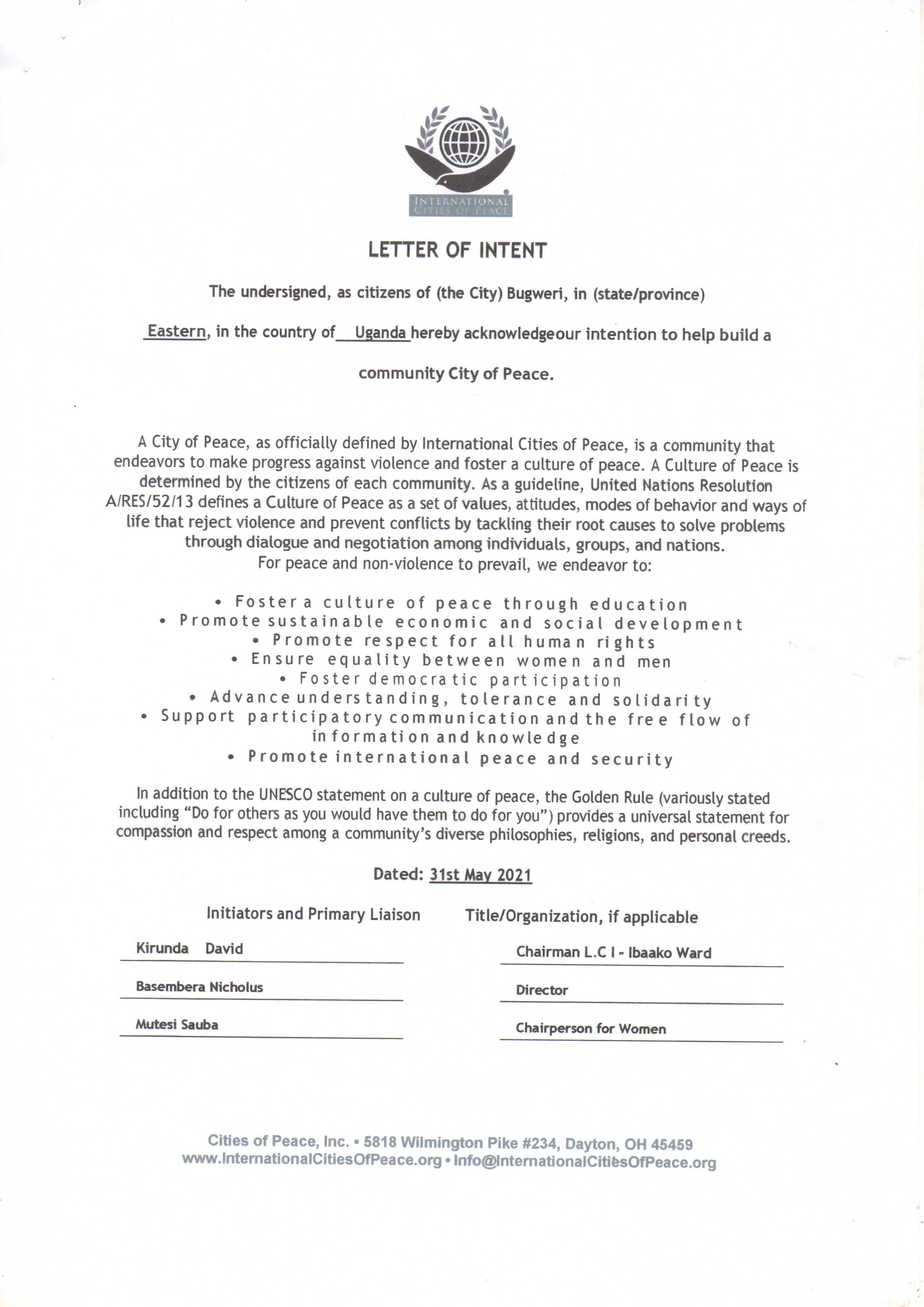

ABOUT THE LIAISON
Basembera Nicholus
“I am a proficient Ugandan holding a Second Class Upper division (Honours) degree in Arts of social work and community development. I am a self motivated, hardworking and result oriented person with computer skills and vast experience Project management, concept note writing, capacity building, resource mobilization, networking, advocacy, documentation, team building and accountability.
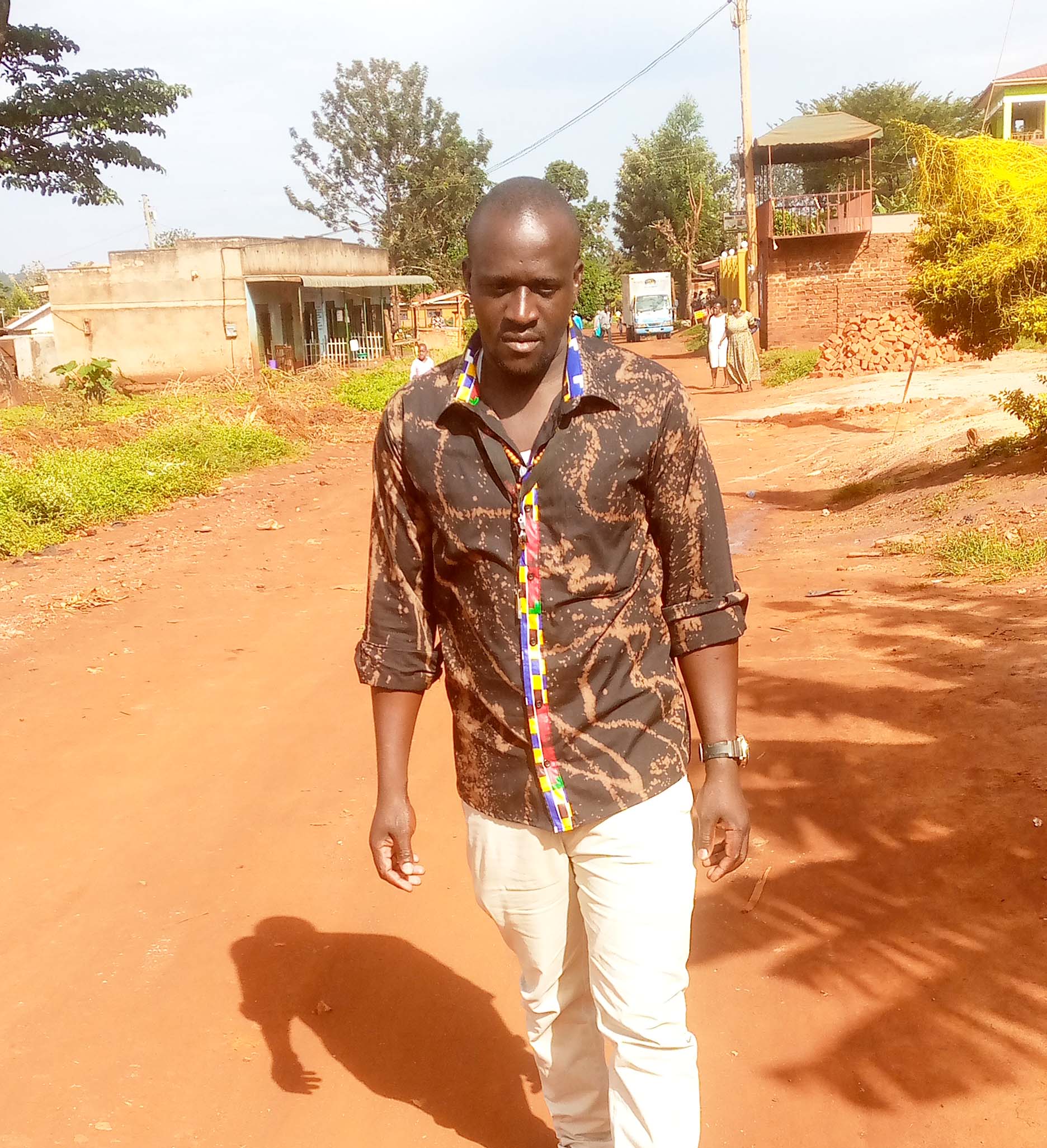
“Having volunteered with local government and several Non-Governmental organisations, I strongly believe that I understand the professional strategies and approaches required for the attainment of the organisational goals and objectives effectively and efficiently without compromising quality.”
- Kyambogo University, Kampala: Bachelor of Arts in social work and community development (BSWCD)
- Jinja secondary school: Uganda Advanced Certificate of Education [U.A.C.E]
- Atlas High school – Gayaza: Uganda Certificate of Education [U.C.E]
- Nakanyonyi Primary school: Uganda Primary Leaving Certificate [P.L.E]
• Research Study on the topic: The role of NGOS in Empowering women with disabilities in Mafubira Sub County- Jinja District. (submitted to Kyambogo University)
• Industrial training reports have been compiled at the end of every Industrial training for the first two (2) academic years (submitted to Kyambogo University)
CONTACT INFORMATION
To contact or support this initiative:
Basembera Nicholus
Tel.+256 755111945
ABOUT IBAAKA WARD AND THE BUGWERI DISTRICT
Statement of Peace Needs in the District
Delinquent and criminal behavior among young people, as they negotiate the transition from childhood to adulthood in an increasingly complex and confusing world is the issue that this chapter first examines. Some basic assumptions relating to delinquent behavior are presented, followed by a description of the various factors underlying or contributing to this phenomenon. Some regional variations are highlighted.
Effective approaches and measures for preventing juvenile delinquency are detailed, with particular attention given to the development of educational, professional development and community programmes, improvements in family relations and parenting skills, and the value of restorative justice for both perpetrators and victims.
Youth nowadays, regardless of gender, social origin or country of residence, are subject to individual risks but are also being presented with new individual opportunities—some beneficial and some potentially harmful. Quite often, advantage is being taken of illegal opportunities as young people commit various offences, become addicted to drugs, and use violence against their peers.
Young people who are at risk of becoming delinquent often live in difficult circumstances. Children who for various reasons—including parental alcoholism, poverty, breakdown of the family, overcrowding, abusive conditions in the home, the growing HIV/AIDS scourge, or the death of parents during armed conflicts—are orphans or unaccompanied and are without the means of subsistence, housing and other basic necessities are at greatest risk of falling into juvenile delinquency. The problem of juvenile delinquency is becoming more complicated and universal, and crime prevention programmes are either unequipped to deal with the present realities or do not exist. Many developing countries have done little or nothing to deal with these problems, and international programmes are obviously insufficient.
While prisons in Africa Uganda inclusive are often considered the worst in the world, many other prisons systems are worse off in terms of violence, overcrowding and a host of other problems. This is not to argue that Uganda prisons are human rights friendly. Many are in a deficient condition and their practices are at odds with human rights standards. However, prisons in many parts of the world are in crisis. Never before have there been so many problems within penal systems and such large numbers of people in institutions of incarceration.
Note: If information or photos used here are copyrighted, please contact us and we will immediately delete the copyrighted material.
